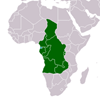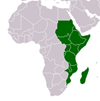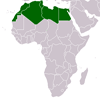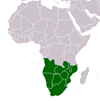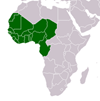'Land of Contrasts' or 'Home we Have Always Known'?: The SAR&H and the Imaginary Geography of White South Afrcan Nationhood, 1910-1930
'Land of Contrasts' or 'Home we Have Always Known'?: The SAR&H and the Imaginary Geography of White South Afrcan Nationhood, 1910-1930
Railways played a crucial role in building the modern South African nation during the early decades of the Twentieth Century. After 1910, the SAR&H became not only the white state's primary means of building the economic independence of the newly-formed Union, but also its sole agency for promoting tourism, settlement and investment. The many thousands of images of the South African landscape it commissioned and distributed at home and abroad in various formats and contexts were a key to this promotion. The synergistic relationship that developed between this photographic array and the transformation of the lived space by the SAR&H's lines and services helped construct an imaginary geography of emergent nationhood. This paper explores how this joint social spatialisation by travel and landscape representation underscored the discourse of a modern, non-partisan white national identity during these politically-formative years.
CITATION: Foster, Jeremy. 'Land of Contrasts' or 'Home we Have Always Known'?: The SAR&H and the Imaginary Geography of White South Afrcan Nationhood, 1910-1930 . : Taylor & Francis , . Journal of Southern African Studies, Vol. 29, No. 3, pp. 657-680, September 2003 - Available at: https://library.au.int/land-contrasts-or-home-we-have-always-known-sarh-and-imaginary-geography-white-south-afrcan-3

